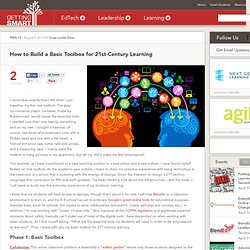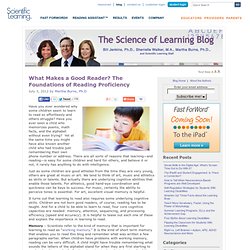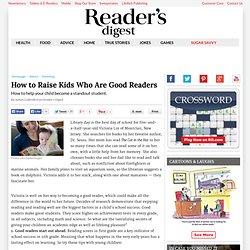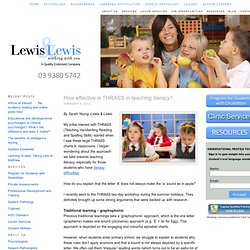

Mslundin - CAFE Strategies. Costa.pdf. How to Build a Basic Toolbox for 21st-Century Learning - Getting Smart by Susan Lucille Davis - edchat, engchat, student blogs, student wikis. I remember exactly how I felt when I put together my first real toolbox.

The gray no-nonsense plastic container, made by Rubbermaid, would house the essential tools I needed now that I was twenty-something and on my own. I bought a hammer, of course, two kinds of screwdrivers (one with a Phillips head and one with a flat head), a foldout miniature saw, some nails and screws, and a measuring tape. I mainly used the toolbox to hang pictures in my apartment, but oh my, did it make me feel empowered! This summer, as I have transitioned to a new teaching position in a new school and a new culture, I have found myself fixated on that toolbox. As the academic year unfolds, I hope to share my previous experience with using technology in the classroom at a school that is pulsating with the energy of change.
I know that my students will have access to laptops, though that’s about it for now. Phase 1: Basic Toolbox Phase 2: Advanced Toolbox (Digital Portfolios and Blogging) Glog Created by Student. What Makes a Good Reader? The Foundations of Reading Proficiency. July 3, 2012 by Martha Burns, Ph.D Have you ever wondered why some children seem to learn to read so effortlessly and others struggle?

Have you ever seen a child who memorizes poems, math facts, and the alphabet without even trying? Yet at the same time you might have also known another child who had trouble just remembering their own phone number or address. There are all sorts of reasons that learning—and reading—is easy for some children and hard for others, and believe it or not, it rarely has anything to do with intelligence. Just as some children are good athletes from the time they are very young, others are great at music or art. It turns out that learning to read also requires some underlying cognitive skills. Memory – Scientists refer to the kind of memory that is important for learning to read as “working memory.”
Attention – Learning of any kind requires good attentional skills. Dr. References: Berninger, Virginia. et al. Raising a Reader. How to help your child become a standout student.

Photos.com/Jupiterimages Library day is the best day of school for five-and-a-half-year-old Victoria Lin of Montclair, New Jersey. She searches for books by her favorite author, Dr. Seuss. Her mom has read The Cat in the Hat to her so many times that she can read some of it on her own, with a little help from her memory. Victoria is well on her way to becoming a good reader, which could make all the difference in the world to her future. 1. The more you read, talk and sing to babies, the greater their foundation for vocabulary and understanding. 2. Tell stories about the past, present and future. 3. 4. 5. Preparing your child to be a good reader is one of the greatest gifts you can give as a parent.
Academic achievement certainly isn’t the only reason to nurture reading skills. How effective is THRASS in teaching literacy? By Sarah Yeung, Lewis & Lewis.

My initial interest with THRASS (Teaching Handwriting Reading and Spelling Skills) started when I saw these large THRASS charts in classrooms. I began wondering about the approach we take towards teaching literacy, especially for those students who have literacy difficulties.